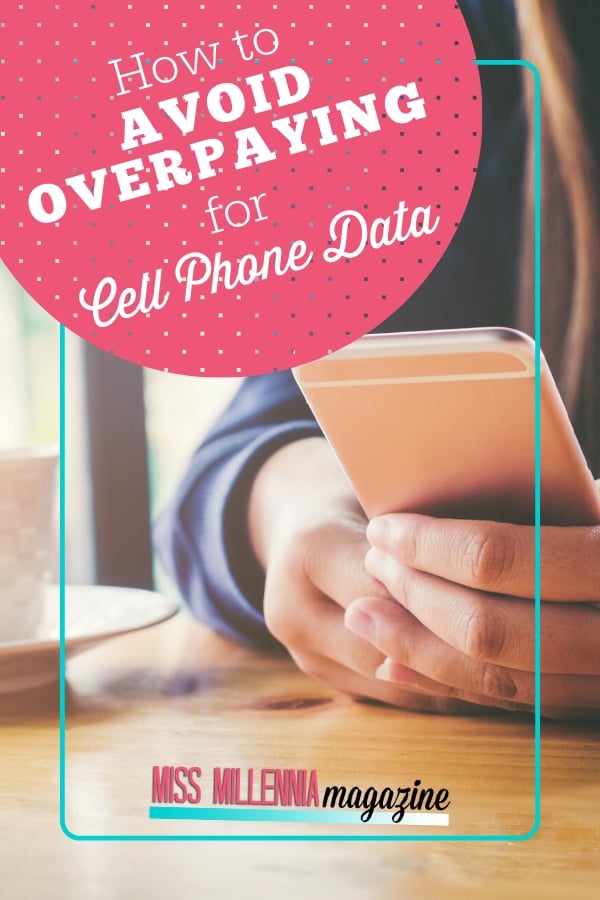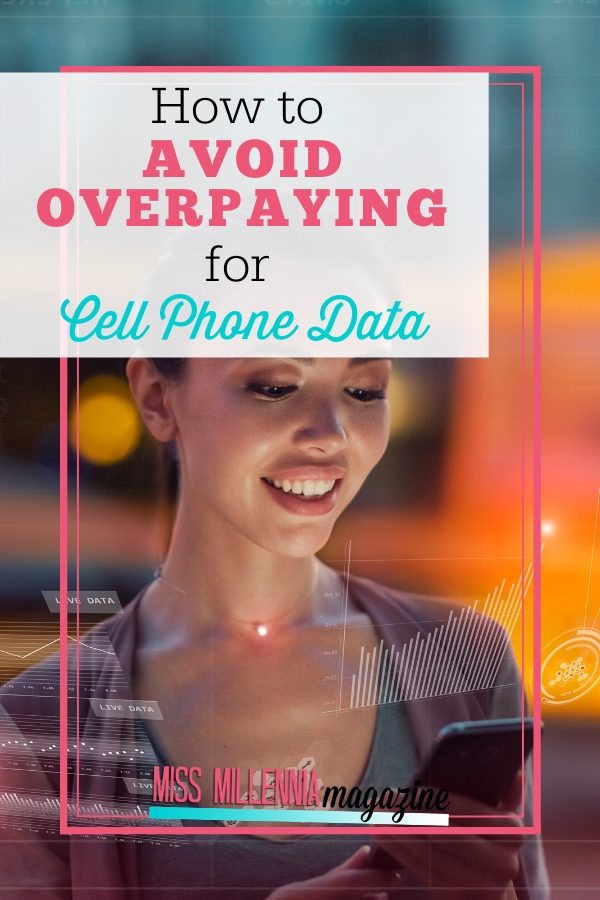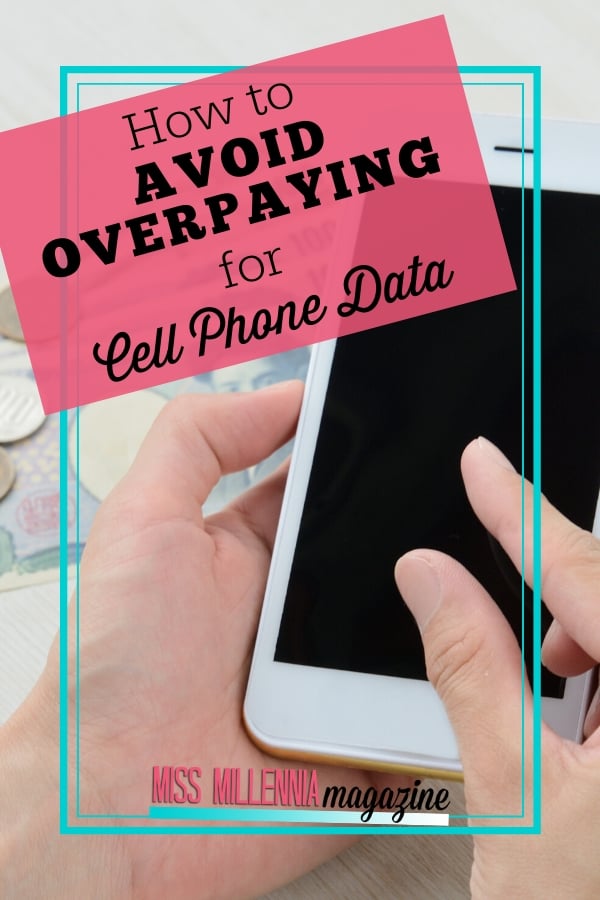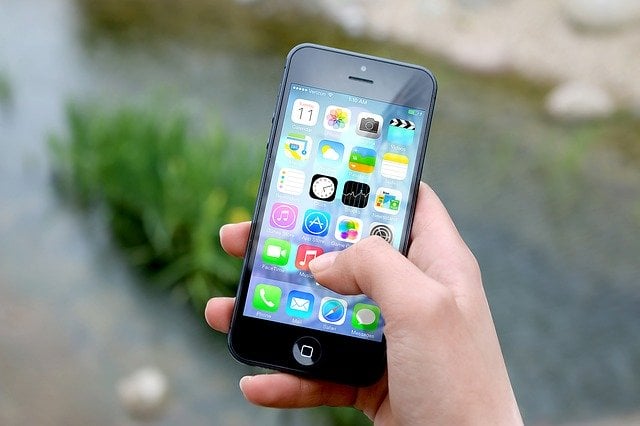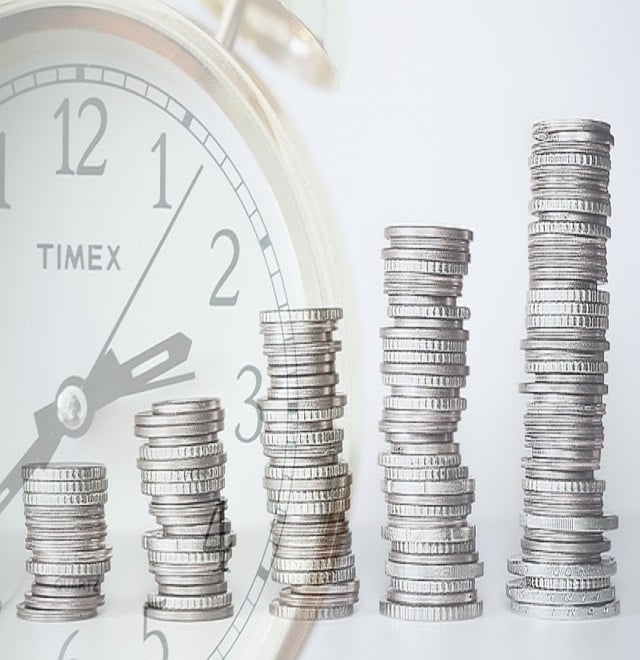How to Avoid Overpaying for Cell Phone Data
When you’re shopping for a phone contract, the data allowance is an important factor to consider. Too little will lead to running out before the end of the month and paying extra fees. But with too much data allowance, you’ll pay for unused data. So how do you avoid overpaying for cell phone data?
Nowadays, we use our phones for streaming, web browsing, messaging, emailing, and more. Smartphone holders used about 2.9 GB of data every month in 2019, according to the Communication Market Report published by OFCOM. With the rise of 5G and increased data demands for innovative apps, data usage per user is expected to exceed 4GB during 2020. Phone calls and texts are things of the past.
So, here’s some advice on how to find the best plan to ensure you save as much money as you can on cell phone data.
Understand Your Data Plan Options
Everyone needs at least 1GB of data monthly. This much will allow you to browse online, use social platforms, and check your email for up to 40 minutes daily. It’s perfect for light internet users. You can stream about ten hours of music a month, but watching movies isn’t an option. A top-quality video will destroy your monthly data allowance.
A data allowance of 4GB brings you towards the mid-range data users. You can browse online, check your email, and use social media without worrying. With a 4GB data plan, you can use data for up to three hours every day. Consider streaming music for about one hour and browsing for up to 40 minutes daily. Or, you can watch a few low-quality movies during the month.
With an 8GB data plan, you can stream up to 32 hours of video. You can reach that level if you use your data allowance exclusively to watch movies. But high-quality video will cut down the figures. If you don’t watch movies daily, you can still browse online and listen to music.
A plan with 20GB of monthly data drastically increases your online time. You can stream music for two hours, use social media for two hours, and watch your preferred show each day. You could also choose just to browse the web exclusively. But with 50GB of data, you can watch two hours of video, listen to two hours of music and browse the internet for two hours every day. And 100GB of data means almost unlimited online access during the month. You can watch up to 100 hours of high-quality video per month.
If you need more data than any of that would provide, you should choose an unlimited data sim.
Understand How Much Cell Phone Data You Need
Now that you know more about how much cell phone data you can get with different types of plans and what you can do with each one, now you need to figure out how much data you need based on your phone use. What follows is several common ways that people use up data on their phones. Think about what activities you do on a daily, weekly, and monthly basis so you can get an idea of what kind of data plan you need. Plus, get tips on how to cut down on your data usage to see how you can save even more money!
Music and Video Streaming
Streaming music will use up to 100MB of data per hour. If you listen to music for one hour each day, you’ll exceed an average data allowance of 3GB before the month is over. If you listen to music all day long, consider connecting to Wi-Fi or download music to your smartphone. If you download your music, you might use some data to do so, but then every time you listen to your tunes, you won’t use up any.
Video streaming needs a higher rate of date per hour. According to Netflix, streaming standard video content uses about 1GB of data per hour. The rate is similar for other video providers such as Amazon Prime Video, BBC iPlayer, or NowTV. To extend your video streaming period, you can lower the quality of the stream. Or, consider downloading your favorite show using Wi-Fi. Both video and music streaming providers adapt the quality of the content according to your connection’s speed. If you have a poor connection, iPlayer or YouTube will get stuck during high-resolution streaming.
Browsing and Social Media
Depending on how visual a web page is, you can expect web browsing to use between 1 and 4MB every minute. For example, Facebook uses between 1 and 2MB of data per minute. Also, consider any photo uploads, which may reach 1.5MB per photo.
Video Calling Apps
Because of the increased data usage for video streaming, when you make video calls, you’ll use high levels of data. The data usage depends on the quality of your connection and camera. If you’re using a high definition camera, expect an increased consumption level. EE estimates that video calls can add up to 1.5GB of data usage per hour.
Email Apps
Email is mostly text. It doesn’t usually include many graphics or GIFs. You can send emails to your friends, family, or co-workers without exceeding your data allowance. If you check your email on your smartphone every day, you’ll only reach a data consumption of 150MB per month.
Downloading Apps and Uploading Photos
You shouldn’t regularly download apps over phone data connections unless it’s urgent. Instead, consider using a Wi-Fi connection. If you must download an app and you’re not connected to Wi-Fi, check the size of the app’s file. An app can vary in size from a few MB to several GB.
When you upload photos, you won’t use increased amounts of data. You can upload photos to your cloud storage or post them on social media networks with only 1.5MB of data usage. If you’re uploading tons of pictures, you should check the sizes of the images.
Tethering
Tethering will use increased amounts of data. Even when you’re browsing online, you’ll use the desktop version of a site. You’ll likely be browsing on a tablet or a laptop. These devices use more data compared to smartphones. Also, the video will stream in higher quality than on mobile phones. And if you’ve set your tablet’s apps to upgrade via Wi-Fi and you’re tethering, these apps will update via that connection. Consider a 15GB data usage level for tethering and use an unlimited data sim.
Avoid Overpaying Every Month
Many of us default to purchasing an unlimited data plan without thinking about it. This rash decision means that we are often overpaying for data that we will never, ever use! Hopefully, all this great information helps you figure out how much data you need every month. Once you’ve thought about what you do on your phone and how frequently, you can estimate how big your data plan needs to be.
Depending on your monthly online habits, you can choose a variety of data plans. If you’re already using a data plan, you might be able to check your monthly data consumption by logging into your network’s account. Compare the figures and choose your perfect data plan.
Don’t forget to use Trim to help you cut down on your cell phone bill, too. Having an account with Trim is like having a financial advisor at your fingertips. When you sign up for a free account, Trim will track your monthly bills and negotiate with the company on your behalf to ensure you never pay too much. Learn more about Trim here!
After reading this, I hope you are thinking more about your cell phone data and how much you genuinely need. By doing so, and using Trim as your support, you can easily avoid overpaying on your bill.

